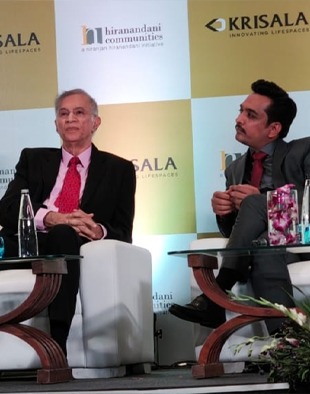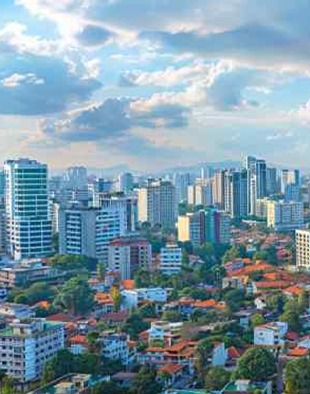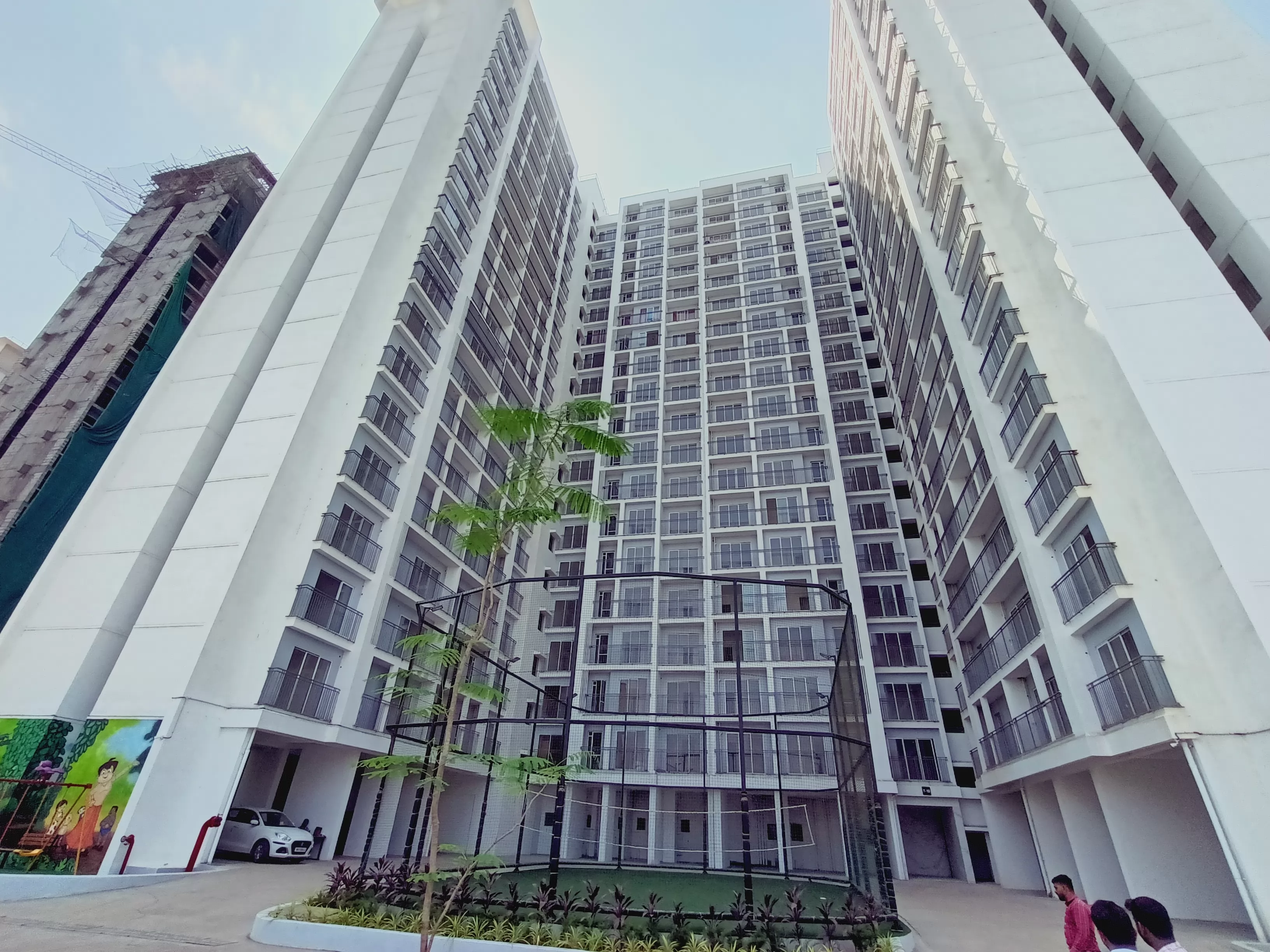In 2024, new office space in seven major cities would total 515 lakh square feet: The Vestian
By Bricksnwall | 2025-02-27

According to the Vestian research, Bengaluru (140
lakh sq ft) and Hyderabad (145 lakh sq ft) had the most fresh supply.
According to a Vestian estimate, the top seven
cities in 2024 will have completed the construction of 515 lakh square feet of
new office space due to an increase in demand for grade-A office space.
Compared to the prior year, there was a 7% increase in construction activities. Bengaluru (140 lakh sq ft) and Hyderabad (145 lakh sq ft) had the largest fresh supply among the top seven cities, the survey continued.
The absorption increased by 16% year to an all-time
high of 707 lakh square feet in 2024. According to the report, absorption
decreased by 36% and 14% annually in Kolkata and the National Capital Region,
respectively.
It's interesting to note that, in contrast to the
more than 10 lakh square feet of supply in 2024, Kolkata saw no new
completions, according to the research.
Mumbai saw the largest growth in new completions
among the top seven cities, with a 170% increase. In contrast, Chennai saw a
57% decrease in new completions in 2024.
With a 36% market share in 2024, the IT-ITeS sector
remained the industry leader in leasing. The percentage has gone up from 24% a
year ago. Although the GCC's high demand is predicted to propel the IT sector
to the top in 2025, other market sectors like BFSI and Flex Spaces are also
expected to gain traction, according to FRICS CEO Shrinivas Rao of Vestian.
Bengaluru dominated the absorption of office space.
Bengaluru led the absorption in 2024, with 177 lakh
sq ft, up 15% from the year before, according to the research. In contrast to
the previous year, the share stayed constant at 25%.
Mumbai's portion of pan-India absorption rose from
14% in 2023 to 18% in 2024, while the NCR's share fell from 17% to 13% in the
same time frame. For the remaining cities, the share stayed relatively
constant.
In 2024, 57% of the total absorption in India occurred in southern cities, specifically Bangalore, Chennai, and Hyderabad. According to the research, the proportion slightly increased from 56% in 2023.
Source: Hindustan Times







